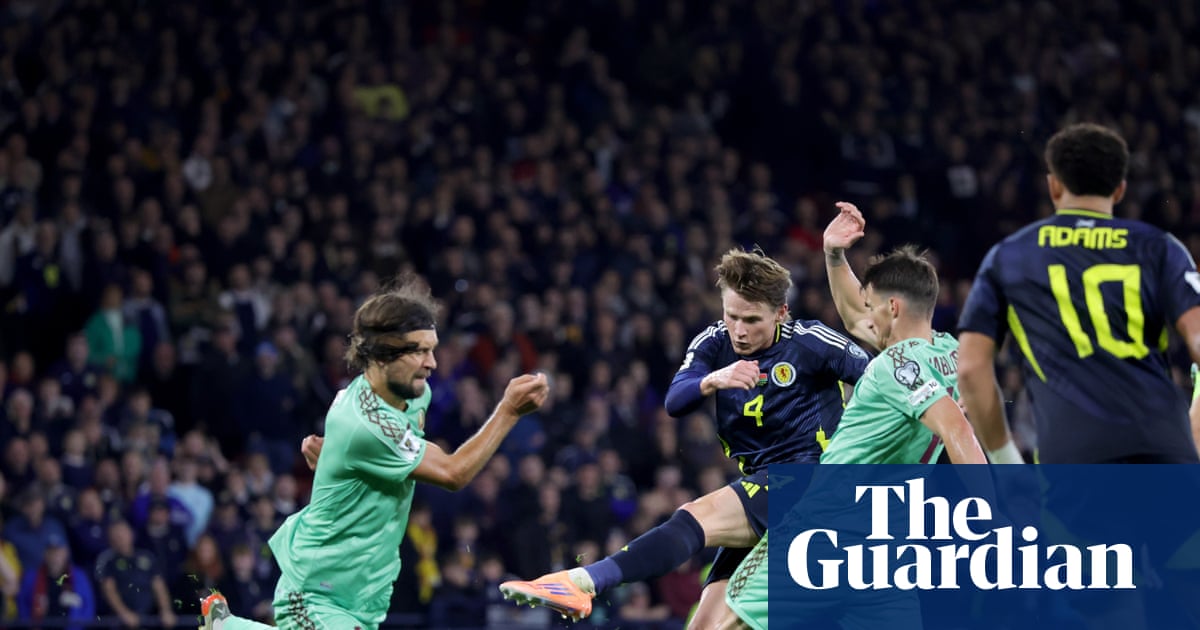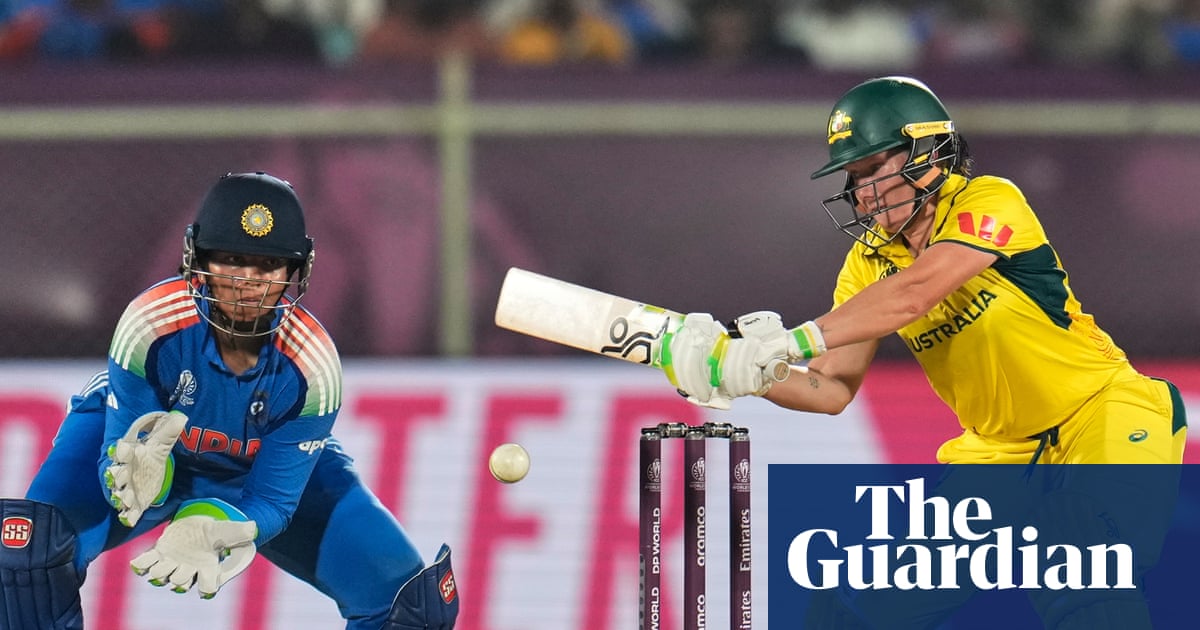The rise of GAA super clubs has taken the romance out of the club championship

Before Christmas 2004, Caltra invited the late Eugene McGee to launch their new book. It was only nine months since they had won the club All-Ireland with a panel of players drawn from eight households and half a parish, but something like that needed to be written down fast, before the story was clouded by memory. Their achievement, McGee said, was one of “outrageous audacity”.That year the competition reached an apogee of sorts. Caltra, An Gaeltacht, Newtownshandrum and Dunloy were the teams in Croke Park for the St Patrick’s Day double-header. None of them had ever won an All-Ireland, and only Dunloy had contested a final before. The population of the four places, wrote Vincent Hogan, would fit into “one large housing estate”.That was the original beauty of the club championship: there was scope for a fairytale and there was room for smallness. This was before the “professionalisation” of the club game at elite level, before the countrywide recruitment of high-profile outside managers, before the club game was flooded with money, and ancillary resources, and notions.When the provincial club championships begin later this month they will be populated by familiar names. All over the country there are examples of clubs who have taken a grip of their county championships, some of whom are primed to dominate for years to come.Ballygunner have just completed 12 in a row in Waterford, one title fewer than Slaughtneil, who have just won their 13th Derry hurling title in succession. This weekend Naas are hot favourites to win their seventh Kildare hurling title in a row, and a week later they will be warm favourites to win five in a row in football.Na Piarsaigh will contest the Limerick hurling final next weekend, looking for their ninth title since 2011. Corofin are in the Galway football semi-finals this weekend, having won 10 titles in the last 14 years. Cargin are in the Antrim football final again on Sunday, looking for their ninth title in 11 years. In Kilkenny, Ballyhale Shamrocks are back on track and favourites to win their sixth title in eight years.The ticker tape rolls on. In Down, Kilcoo remain on course to win their 13th football title in the last 14 years, while in Offaly, Tullamore are steaming towards their fourth title in five years. In Laois, Portarlington are favourites to win their fifth title in six years, their dominance having been directly preceded by Portlaoise, who won 12 titles in 13 years. Enough to make Barcelona and Real Madrid blush.There were some tremors in the Dublin football championship last weekend when the reigning All-Ireland champions Cuala and the 2023 All-Ireland champions Kilmacud Crokes were both knocked out. But they were beaten by Na Fianna and Ballyboden St Enda’s, the two other clubs in Dublin’s ironclad Big Four. Between them, they have won every hurling final in the last 10 years, and seven football titles.Every case has local environmental factors. St Thomas’, for example, have won six of the last eight hurling titles in Galway, but everyone accepts that their success is borne of a golden generation of players, and given their catchment area and playing resources, there is no prospect of ongoing dominance in a hugely competitive championship.All over the country, that is a familiar story. There have always been clubs who caught a wave and surfed it for all it was worth.But in modern Ireland changing demographics is a greater influence than ever on the fortunes of GAA clubs. Numbers are far from a guarantee of success in GAA, but well-managed numbers are the most powerful dynamic in the 21st century.Tullamore is an interesting example. According to the most recent census in 2022, Tullamore has a population of 15,512, which makes it more than three times the size of Birr or Clara. In a demographics report compiled for the Offaly County Board by the UCD historian and former Tullamore player Paul Rouse, the second biggest GAA catchment area in the county is Edenderry/Ballyfore, who field combined teams at juvenile level.But Tullamore have only recently harnessed the competitive advantage that their population should always have afforded them. The club’s juvenile structures were seriously addressed about 15 years ago, says Rouse, and “the underage set-up there now is more of a production line – way ahead of what was there before.”It is similar story in Naas. Before their current run of success, they had won just one senior football title in almost 90 years. In hurling, they have doubled their all-time haul of senior titles since 2019.The population of Naas in the last census was more than 28,000, making it the 14th biggest urban area in the country. Locked into Dublin’s commuter belt, this represented a jump of nearly 5,000 people on the previous census six years earlier. But Naas GAA had not spun those numbers into success. That’s not simple.On a parallel track, Naas CBS have become a major force in Leinster colleges football, contesting two Hogan Cup finals at All-Ireland level in recent years. Not all the footballers in the school would hail from Naas, but the club and the school are part of the same ecosystem, nourishing each other.At the tip of the iceberg, they have been in two of the last four Leinster football finals and making a breakthrough at that level is the next frontier. Increasingly, the odds are building in their favour.A club with their prospects and resources is naturally attractive to outside managers. After a cack-handed attempt to appoint Rory Gallagher at the beginning of the year, they alighted on Philly McMahon, the multiple All-Ireland winner with Dublin. Alongside him is James Burke, who was previously part of the coaching ticket in Mayo and Cavan, and is a former team-mate of McMahon’s in Ballymun Kickhams. Most clubs would be thrilled with one of those appointments.But that is another trend at the elite level of the club game: coaches and managers with intercounty credentials are being drawn to clubs with the resources to support them. McMahon had been offered intercounty roles too, but at what chance of success? What would an All-Ireland with Naas do for his reputation?Kilcoo is a staggering example of this practice. Hailing from a tiny place, they have cultivated an extraordinary generation of players, some of whom are still buttressing the team late into their 30s. Along the way they have called on the services of Mickey Moran, a coach with a deep reservoir of intercounty experience. From his home in Maghera, Co Derry it was a 150-mile round journey. Another Derry man, Clonleth Gilligan, was part of the same management ticket.Last year Karl Lacey made the journey from Donegal town, literally crossing the island at its neck, a tortuous five-hour round trip. When he stood down at the end of last season, they put together a management team that included Paddy Crozier, the former Derry boss, Joe McMahon, a two-time All-Ireland winner with Tyrone, and Martin Corey, the former Monaghan player. McMahon and Corey both quit the Meath set-up in the late spring and Kilcoo snapped them up.Kilcoo clearly have the players and the resources and the naked ambition and three years ago all of it coalesced to deliver an All-Ireland. In their minds, that would have justified everything. The odds of them ever having a group of players like this again are astronomical. They seized the day.In other places, success has engendered a culture of good practice and serial winning. Corofin in Galway is a shining illustration of this. Even though it is a rural place, the club draws its players from two adjacent parishes and, crucially, six primary schools. A hurling team has grown from scratch in Sylane, a small place in Corofin’s sister parish, but essentially football is the only show in town.Over time the club has developed “fantastic coaching networks” according to Ray Silke, who captained both Galway and Corofin to All-Ireland titles. Because there are so many employment opportunities in Galway city and thereabouts, Corofin has not been debilitated by emigration. Over the last 30 years, they have won 18 Galway titles, and five All-Irelands, three of them in succession.What they gathered was a silo of institutional knowledge. The under-12 team this year, says Silke, is being managed by three men with All-Ireland medals. Imagine how many other Corofin age-grade teams over the last 30 years has received that kind of gilded attention.Ballygunner are on the same track as Corofin, though with greater numbers. There is no parish rule in Waterford, which was neither here nor there for Ballygunner when it was a tiny rural club 50 years ago. Now, the city has grown out towards them and their catchment area is massive.Their management of those numbers has been spectacular. This year they have won county titles at senior, intermediate, minor and under-16. The under-21s are odds-on favourites too.What will constitute a good year for them now? Winning the All-Ireland. Anything less will be failure. That is how the big clubs think now.Don’t expect a fairytale. That romance is dead.






